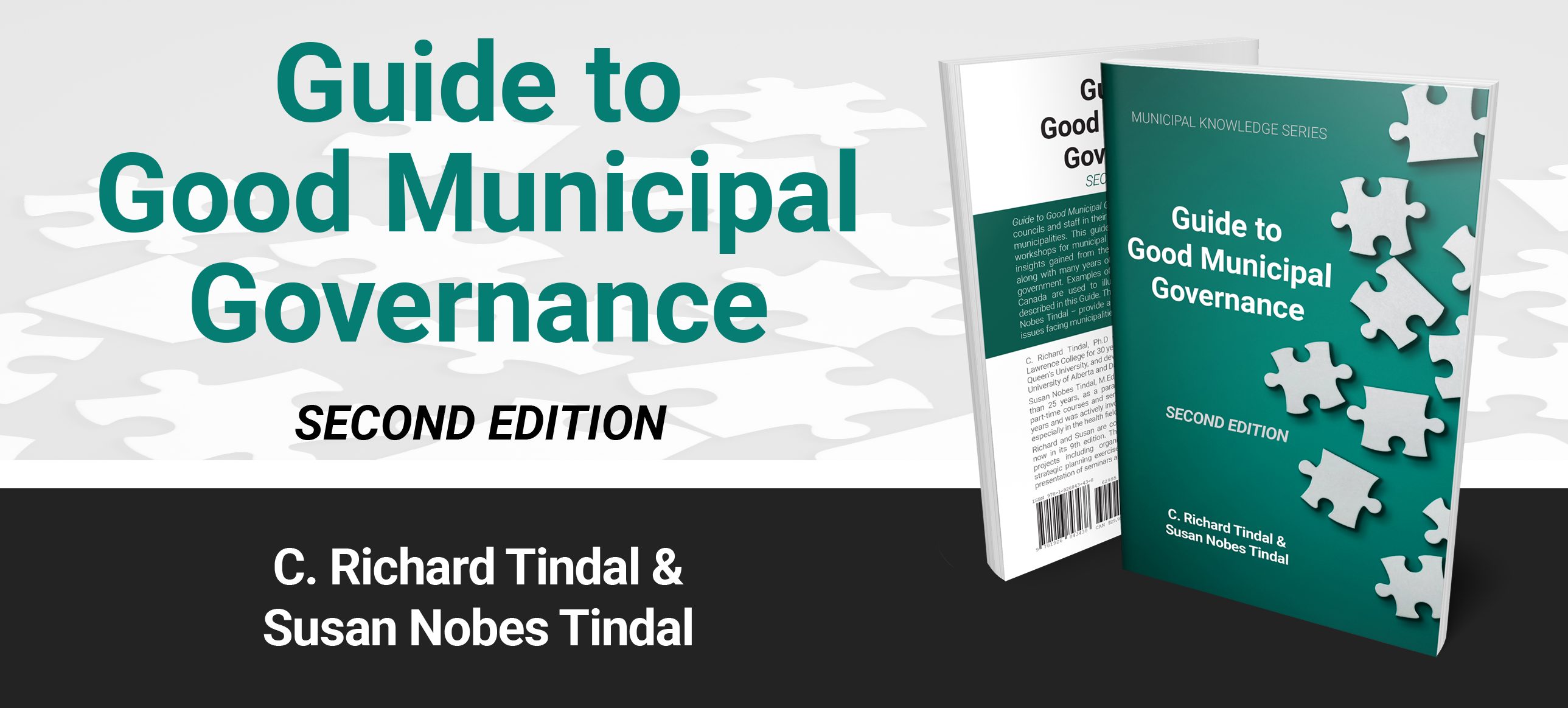Appraisal 101

What you can expect from an Appraisal Report
For the majority of municipalities, the appraisal of real property is often outsourced to third-party appraisal firms who have the expertise needed for specific assignments. This article provides a brief outline of the different components and methodology of an appraisal report, to help provide the context for making real estate decisions within your municipality’s real property portfolio.
Terms of Reference of the Appraisal Assignment
At the beginning of each appraisal assignment, one of the most important aspects is to clearly define the terms of reference that outline the scope of work. The terms of reference for the appraisal assignment should be in writing and agreed to by the parties prior to the assignment to avoid any misunderstanding or additional work to amend the valuation report.
The typical terms and conditions will include items such as appraiser’s client, purpose of the appraisal assignment, intended use of the appraisal report, assumptions made in the analysis, limiting conditions that may impact the value, and more. It is imperative to list all essential components of the appraisal in this section to avoid any confusion about expectations.
Important Elements within the Valuation Process
There are several key elements of the valuation process. One of the most important elements is the data used to arrive at an opinion of value.The type and extent of research and analysis in an appraisal assignment includes, but is not limited to: the degree to which the property is inspected or identified; the extent of research into physical or economic factors that could affect the property; the extent of data research; and the type and extent of analysis applied to arrive at opinions or conclusions.
There are many other components of the valuation process, such as: real property ownership and interests; bundle of rights; taxation; expropriation; and highest and best use, to name a few. It is important that municipalities familiarize themselves with the valuation process to ensure that nothing is missed. While it is reasonable to assume that a third party will properly provide great services, understanding the various elements within the valuation process will ensure that no stone goes unturned.
Valuation Methodologies
When it comes time to assess the value of a property, it is important for municipalities to understand the different applicable valuation methods. The goal of any valuation is to ensure the most precise and fair value is assigned to a property. To guarantee the most accurate valuation, the appraiser will rely on a number of different approaches.
Direct comparison approach – When the direct comparison approach is used, the appraiser analyzes completed sales, listings, or pending sales of properties that are comparable to the subject property. Estimates of market rent, expenses, land value, cost, depreciation, and other value parameters may be derived using a comparative technique. Comparable sales analysis can provide information used in the other approaches such as overall capitalization rates for the income approach or depreciation estimates for the cost approach (discussed below). Income multipliers, capitalization rates, and yield rates are applied in the income approach, but appraisers extract such rates and factors from comparable properties in the direct comparison analysis.
Cost approach – The cost approach considers the land and building components separately, and reaches a conclusion by adding these estimates together to help form an overall opinion of value. Like the direct comparison approach, the cost approach is based on a comparison of the cost to replace the subject (cost new) or the cost to reproduce the subject (substitute property). The total cost estimate is then adjusted by deducting the accrued depreciation in the subject property. Land value is also estimated and added to the building value.
Income approach – Income-producing properties are typically purchased as investments and the earning potential is an important element affecting the value. Through the income approach, the appraiser analyzes a property’s capacity to generate income and the net income contributes to the value. In estimating the market value of an income-producing property, the appraiser analyzes the income and expenses of the comparable rental properties to estimate a stabilized level of net income.
All three valuation approaches (direct comparison approach, cost approach, and income approach) require the collection of comparable data. The decision to inspect comparables and the extent of verification of data will be determined by the scope of the work or Terms of Reference identified at the beginning of the assignment.
Taken together, the various approaches allow the appraiser to determine an accurate and unbiased opinion of value. The final result may be a single amount or a range of values as of a specific date.
Property Inspection
An inspection is just one of the many tasks performed by an appraiser. An appraiser prepares a building description by considering a variety of specific information and must be familiar with the structural details of the exterior and interior of the building that will influence value in the marketplace.
In addition to understanding the dynamics of the real estate market, appraisers designated by the Appraisal Institute of Canada also have construction skills and knowledge, which are fundamental to their training. Members also rely on the expertise of industry professionals where building characteristics are more complex.
Benefits of Third-Party Appraisers
This brief overview of the valuation process underscores the complex – and detailed – work that appraisers are tasked with providing for municipalities. It is extremely important that the expectations and requirements are presented upfront when hiring a third-party appraiser. This will ensure a positive working relationship with all involved. Furthermore, it allows for a detailed understanding of how the process will look, and allow for a higher comfort level in knowing the job will be done correctly. Third-party appraisers are in a better position to offer professional services that benefit all parties involved when everyone better understands the valuation process.
For more in-depth discussion, see the Appraisal Institute Guide to Understanding the Fundamentals of Real Estate Appraisal .
RICHARD COLBOURNE, MA, AACI, P.App. received his AACI in 1994 and has specialized in property tax assessment, valuation, and consulting. He has held leadership positions in property assessment and taxation with a municipality and two provincial governments. He had long career with the Government of Canada including experience as a Senior Real Estate Advisor, Regional Chief Appraiser, and most recently Regional Manager of the Payment in Lieu of Tax Program for Atlantic Canada. He has a broad knowledge of the valuation of all types of residential, multi-residential, commercial, industrial, and special purpose properties. He is currently the Senior Director Valuation, Property Tax and Training with Young and Associates Real Estate Appraisals and Consultants Ltd. with offices in Bridgewater and Truro, Nova Scotia.
as published in Municipal World, September 2017



